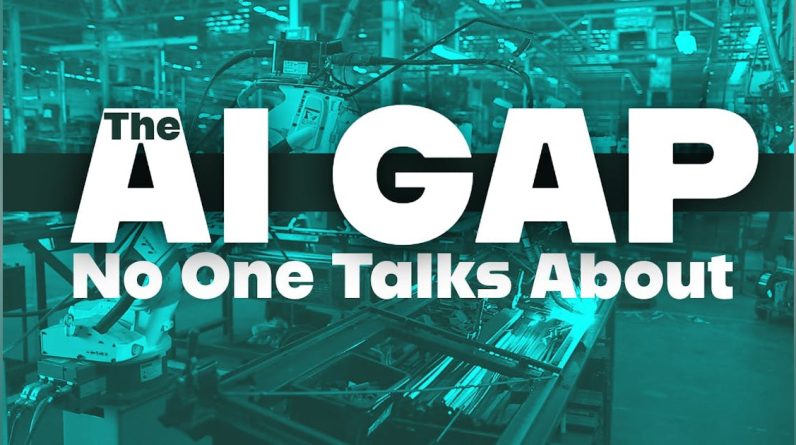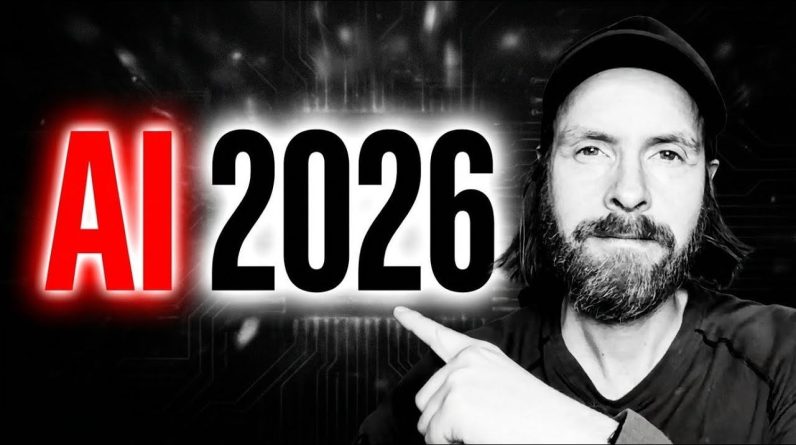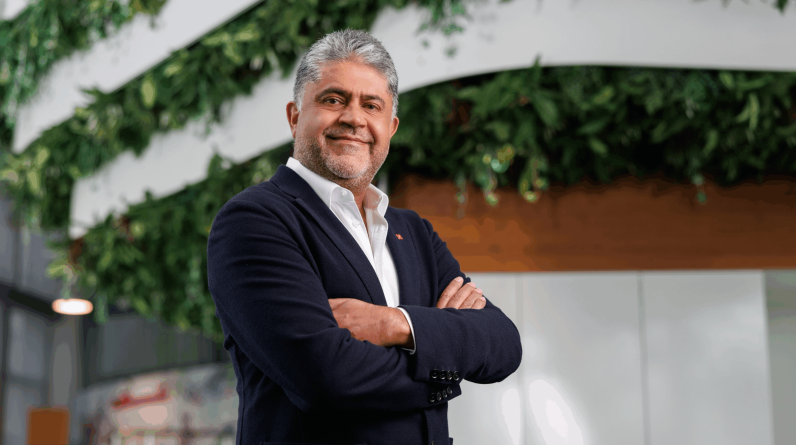
In essence, most AI research today centers on convolutional neural networks (CNNs) for tasks such as pixel recognition, he explained. This is primarily an analytic and filtering process, rather than a physics-based approach. The focus on computer vision and CNNs are highly valued and support a breadth of applications, and it represents a concentrated area that dominates current AI research.
However, Moruzzi argues that the dominant AI research and applications today do not focus on the foundational equations and models that actually drive manufacturing processes or automation equipment. Take as an example the task of optimizing or reducing energy consumption in an electric motor. Current AI generally does not cover this kind of “physical AI” that integrates deeply with the physics and mechanics of industrial systems.
Moruzzi views this gap as an opportunity for Xaba.
READ MORE: How AI-driven, Cloud-based CAD Supports Effficent Product Design
Of the remaining 5% of AI research outside mainstream areas like computer vision, about 1% is focuses on “data ontology,” estimated Moruzzi. Ontology is the science of studying how concepts and terms are semantically connected.
Moruzzi used a language analogy to explain how traditional AI focuses on recognizing patterns (like words), while the ontology aspect “connects mathematical operators and models to synthesize a comprehensive representation that accurately describes the physical process.”
Moruzzi pegs physics-based AI as a current breakthrough of note. He summarized it as the ability to synthesize semantic information to create a physical representation or model of the problem you’re trying to solve.
This approach to physical AI connects data, mathematics and physics to create meaningful, interpretable models of real-world industrial operations, and Moruzzi suggested that it is fundamentally the approach needed to model and understand complex manufacturing and automation processes.
The physics-based AI approach applies deeply in aerospace, as well as in many other fields where developing accurate physical models through semantic synthesis is essential to solving complex engineering problems, said Moruzzi, who draws from his background as an aerospace engineer.
MD: Xaba announced earlier this year that it has secured a $6 million seed extension to accelerate the deployment of AI-powered robotics and cognitive industrial control systems.
MM: Xaba plans to channel the funds through three key areas. Moruzzi said he plans to increase the number of scientists at Xaba. “I want to accelerate our development efforts according to our roadmap and firmly position Xaba as the foundational AI platform for automation,” he said. “That’s my mission.”
READ MORE: ML-Enhanced Computer-Aided Engineering in the Cloud
Second, the funding will be used to create awareness. “Up until now, we’ve been in a sort of shielded mode,” said Moruzzi. “We didn’t want to reveal too much about what we were working on, not wanting to appear naive or premature. Now, we’re also investing in marketing and consultancy to educate the market about our direction.”
The third area will focus on expanding the company’s applied robotics space. “One thing I’ve learned is that words are good, pictures are fantastic and videos are great,” said Moruzzi. “But when industry stakeholders actually visit your lab and immerse themselves in the experience, that’s a win. So, I’m increasing the capacity of our lab with additional setups to enable more industry players to fully engage with the technology. When they do, they adopt it and become part of the momentum, creating the avalanche effect I want to see in order to launch Xaba.”








